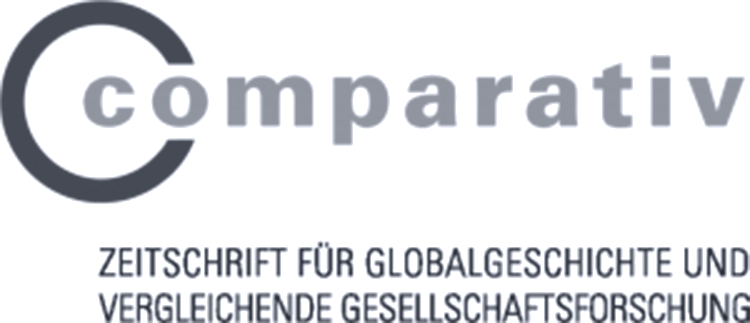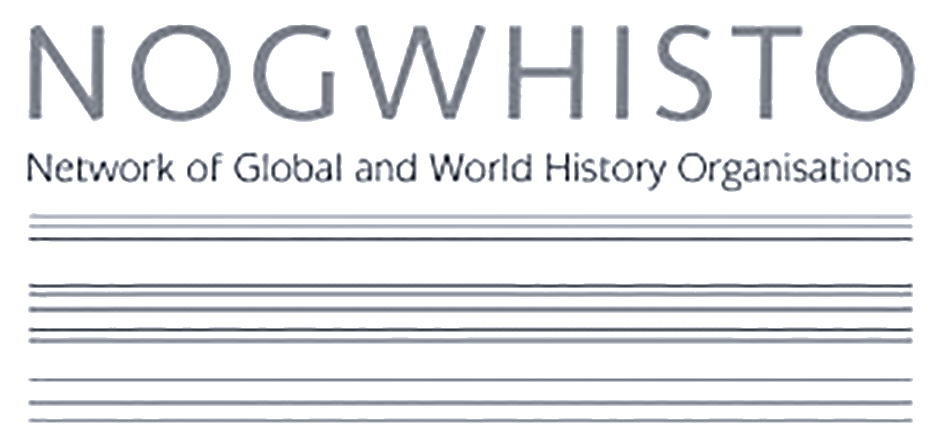K Nordic Colonialism
Nordic Networks in Global History: Navigating Slavery, Diplomacy, and Power in Early Modern Africa and the Mediterranean
Event Details
-
Date
IV. Thursday, 11th September, 14:30-16:30
-
LocationN2050
-
ThemeK Nordic Colonialism
Convenor
- Joachim Östlund (Lund University)
Chair
- Victor Wilson (Åbo Akademi University)
- Magdalena Naum (Lund University)
Panelists
- Joachim Östlund (Lund University)
- Mads Jensen (Interdisciplinary Centre for European Enlightenment Studies, Martin-Luther-University Halle-Wittenberg)
Papers
-
Joachim Östlund
Sultan Sidis Attempt to Fight Slavery in the Early Modern Mediterranean -
Mads Jensen
Taking treaties seriously: New intellectual, legal, and political perspectives on pre-colonial African-European political relations
Abstract
This panel reconsiders the Nordic role in global history, particularly how political, legal, and visual tools were used to navigate slavery and diplomacy in the early modern world. Drawing on new perspectives from intellectual, legal, and diplomatic history, the panel explores early modern political relations, slavery, and visual representation in West Africa and North Africa. The first paper examines how recent developments in intellectual and legal history can be applied to understanding West African-European relations before the 19th century. It analyzes a 1789 treaty between the Danish and the ruler of Akuapem, often dismissed as mere rhetoric, and reinterprets it as a dynamic negotiation of political power and a recognition of African legal strategies. The second paper shifts focus to the Swedish consulate in Tangier (1787–1822), highlighting how consular reports provided Sweden with insights into Moroccan politics. It questions whether these reports reflected Swedish participation in the “civilizing mission” ideology associated with European colonialism. The third paper critically engages with visual depictions of slavery in West Africa, particularly a series of watercolors made by a Swedish painter in 1784. These images, depicting slave trading directly from ships, challenge traditional visual narratives and blend natural history with knowledge production, offering a different perspective on Nordic involvement in the global history of slavery. Lastly, the fourth paper discusses Moroccan efforts to reform slavery in the Mediterranean, particularly Sultan Sidi’s 1777 proposals to the Scandinavian monarchies. Though never enacted, these groundbreaking proposals rethought the rights of captives and slaves, underscoring how Moroccan legal perspectives shaped Mediterranean maritime laws.



